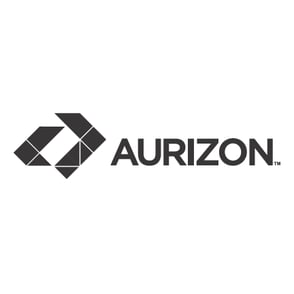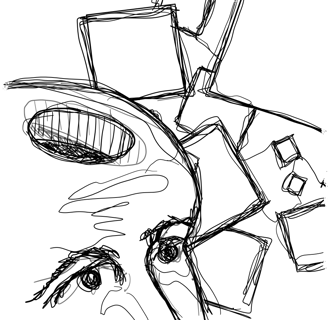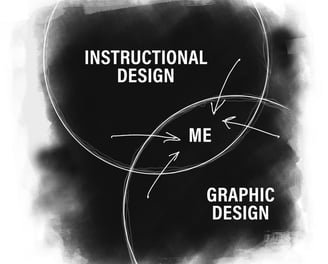
I am a passionate advocate for the learner, committed to creating impactful and accessible learning experiences.
My core belief is in bridging the gap between organisational goals and the unique needs of each individual learner.
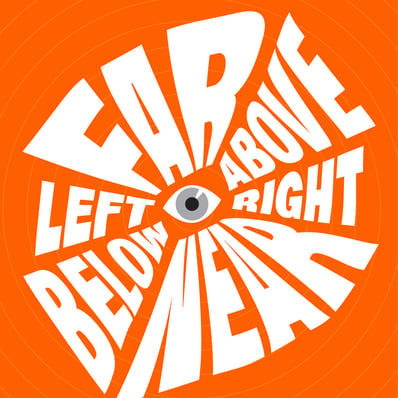
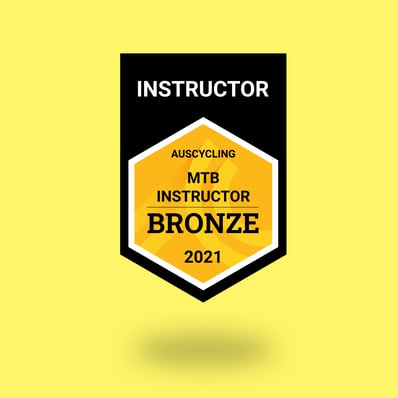
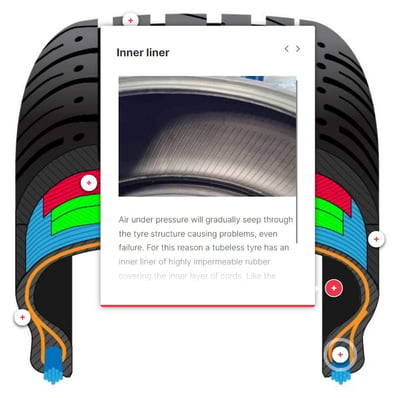
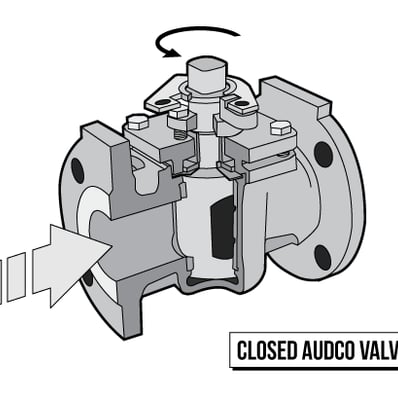



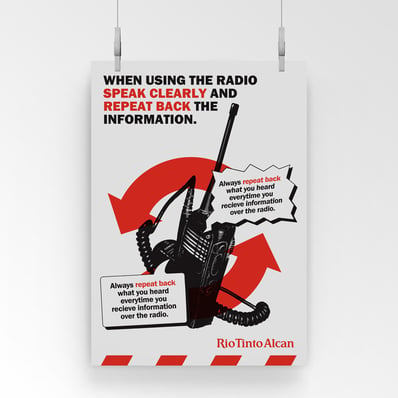


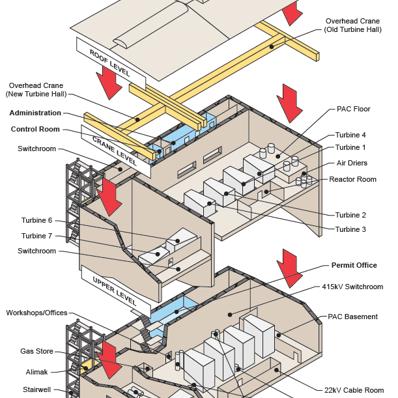

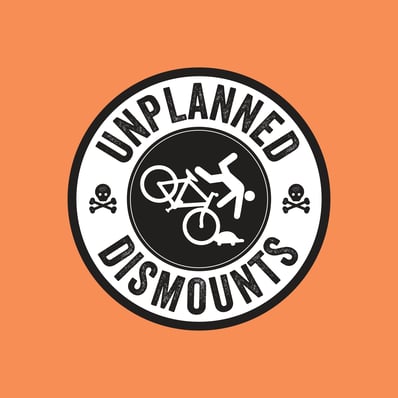

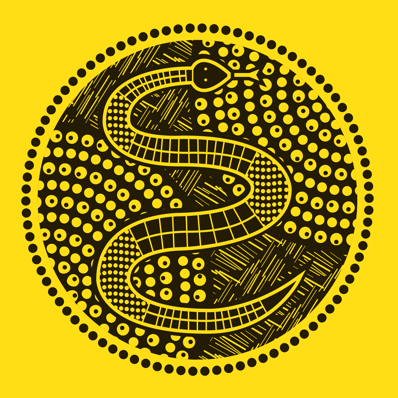
My core principle is to "Give the learner what they need, how they need it, when they need it."
This learner-centric approach is heavily influenced by the principles of Universal Design for Learning (UDL), ensuring accessibility for diverse learners.
I employ practical methodologies like Action Mapping to break down the task and pinpoint the exact knowledge and skills gaps that need to be addressed. This allows me to move beyond simply delivering information and instead focus on enabling specific actions and outcomes.
Complementing this is Backwards Design, a framework where I begin with the desired end results and assessments, then work backwards to design the content and activities that will effectively lead learners to achieve those goals.
I prioritise providing just-in-time support tools and information within the user's task, empowering them to independently resolve challenges by building upon their existing knowledge.
This is me many, many years ago. That big head is proof that I was born ready for lifelong learning! 😄
Testimonials
“Michael’s clear explanation of the steps he would take in creating our training material, along with his obvious enthusiasm for instructional design was refreshing.”
- Corinne Matlawski
Midcoast Shire Council NSW
“His professional skills are outstanding. Having a deep sense of analysis and creativity, he can design a fantastic learning experience for your team. It is my pleasure to recommend him!”
- María Fernanda Bonett
Cochlear


